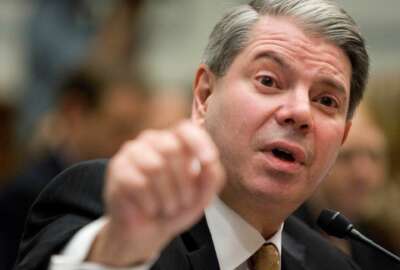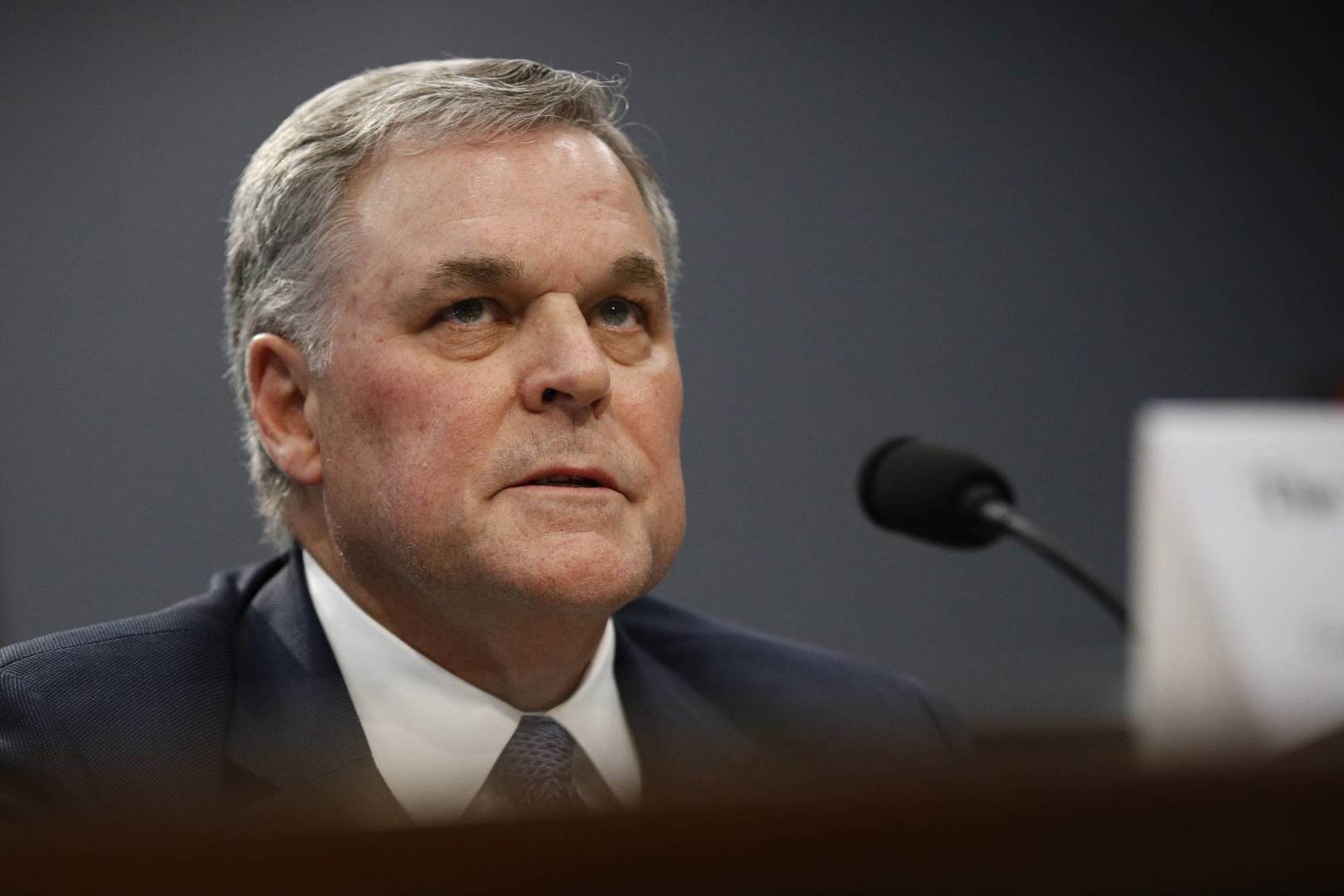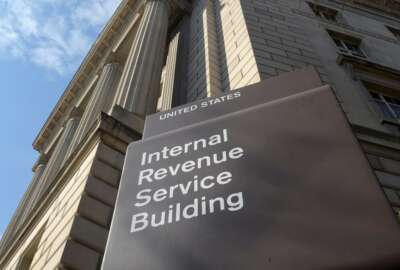

IRS Commissioner Chuck reopening processing and call centers will require some employees to work different shifts in order to meet social distancing...
A few months into the IRS bringing employees back into offices across the country in a phased approach, Commissioner Charles Rettig said agency facilities will return to “full staffing” by July 15, and will prioritize tax return refunds and customer service through its call centers.
By that point, the IRS will reopen all of its processing and call centers, although Rettig said that it will require employees in some cases to work different shifts in order to meet social distancing requirements.

“We have people on the ground at each of our facilities, essentially monitoring the issues to keep our employees safe. But like everybody else, we’re worried about interactions that might happen and a potential spike at a facility. So we are doing everything we can to get back online,” Rettig told the Senate Finance Committee on Tuesday.
More than 56,000 IRS employees — about two-thirds of the agency’s workforce — teleworked during the pandemic. That required the agency to quickly procure 14,000 laptops and train employees who weren’t yet approved to telework.
“A large portion, as you can imagine, of the work we do is not telework-eligible for security and other similar matters. I can, with confidence, say that our IT folks are as good as it gets. They are tremendous, they care, they work really hard. They have moved mountains to get us as efficient as we possibly could be in the unprecedented pandemic,” Rettig said.
The IRS so far has received more than 138 million individual tax returns and issued more than 93 million refunds, but IRS employees coming back to the office will still face a substantial backlog of work.
The first wave of IRS employees who volunteered to return encountered a backlog of tens of millions of pieces of mail, which included paper tax returns.
Rettig said the IRS is processing about a million paper tax returns a week, with about 8,300 employees working on the backlog. Those employees are also processing electronically filed tax returns flagged by agency systems for potential fraud or identity theft.
Committee Chairman Chuck Grassley praised the IRS and Treasury for working “at unprecedented speed” to get coronavirus stimulus payments out the door during the pandemic.
The IRS, so far, has sent 160 million payments worth $270 billion out to the public. The agency also worked with the Social Security Administration and the Department of Veterans Affairs to get payments to seniors, veterans and federal beneficiaries that don’t typically file a tax return.
Grassley also acknowledged some “hiccups” in the pandemic payments. The Government Accountability Office last week reported that the IRS sent more than a million pandemic payments worth $1.4 billion to dead people.
However, those improper payments amount to less than 1% of the pandemic payments the agency has released so far.
“There will always be Monday morning quarterbacks eager to criticize, even though we all know they couldn’t have done it any better,” Grassley said.
During the first three waves of pandemic payments, IRS legal counsel interpreted the CARES Act as requiring the agency to issue payments for anybody who filed a tax return in 2018 or 2019. But Rettig said the IRS reversed course and checked the payments against SSA’s Death Master File in the fourth and subsequent waves of payments.
“Because there was no clarity in the CARES Act that decedents should not be receiving payments, the IRS administered the CARES Act as written. And then, as Treasury came to the policy conclusion with counsel that decedents should not be receiving the payments, we adjusted our filters after the third day and then input the death file,” Rettig said.
Amid the pandemic and the filing season, IRS has also tried to meet some of the goals of the Taxpayer First Act, which requires the agency to submit a report to Congress on how best to restructure the agency to improve its taxpayer experience.
Because of the pandemic, Rettig said he expects the agency will complete that report in November or December. But he added that taxpayer service remains a priority for the IRS workforce.
“Every employee of the Internal Revenue Service wants to do their best and the Taxpayer First Act is quite an opportunity and a privilege for us to actually move the Internal Revenue Service into the arenas where I think we are actually doing things through the eyes of the taxpayer, as opposed to through the eyes of a federal agency,” he said.
The legislation also restored the agency’s streamlined critical pay authority, which allowed the IRS to attract in-demand IT talent with pay higher than what it would offer under the General Schedule pay system.
However, Rettig said the agency faces hiring rank-and-file employees to replace those who have retired. Budget cuts have contributed to the IRS losing about 20% of its workforce over the past decade, and nearly half of its workforce will be eligible to retire to 2021.
“We do have resource issues from the human perspective. A significant percentage of our employee base is eligible to retire over the next few years. We’ve had essentially no real hiring from 2011 to 2018. We were able to hire last year, we are hiring this year, but it’s difficult to replenish on the attrition,” Rettig said.
Copyright © 2025 Federal News Network. All rights reserved. This website is not intended for users located within the European Economic Area.
Jory Heckman is a reporter at Federal News Network covering U.S. Postal Service, IRS, big data and technology issues.
Follow @jheckmanWFED


